Capturing a great sunrise or sunset is easier than you think, but it pays to prepare beforehand. Kirk Norbury explains.
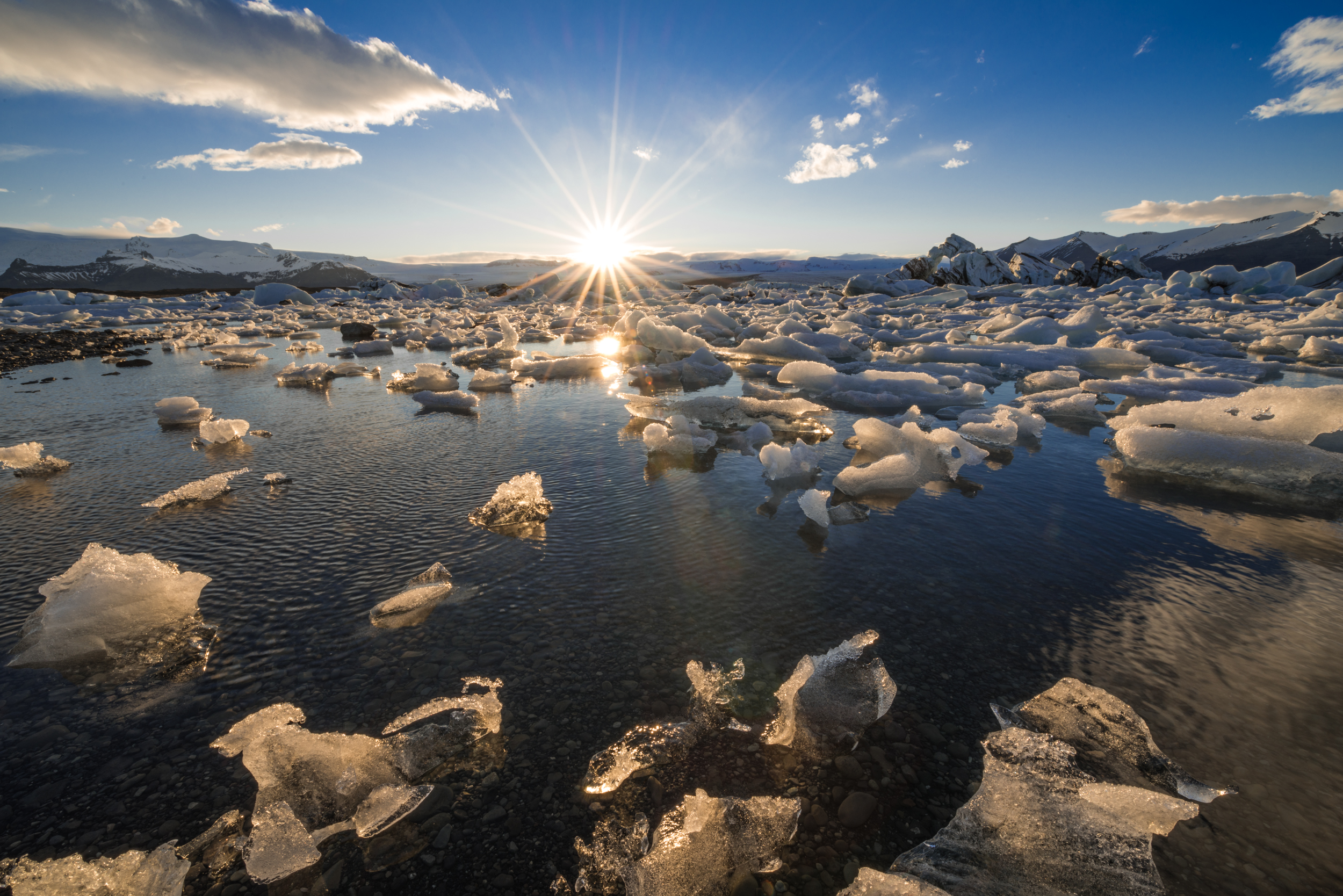
Photographing the sun as it arrives and when it sets is usually your top priority when starting out with landscape photography. The 30 minutes before and after the sun rising or setting is known as the “golden hour” and I’ve found this time of day yields some of the best photographs in a photographer’s portfolio.
In this article I’m going to tell you some of my best tips that you can use to create some amazing photographs of a sunrise or sunset wherever you may live. Photographing at this time of day is easier than you may think, and with a few simple rules to remember you will soon be out looking for that golden light to create some striking images of your own.
Equipment
There are four main pieces of equipment that you’ll need to help you to get the best results when shooting sunrises or sunsets:
DSLR
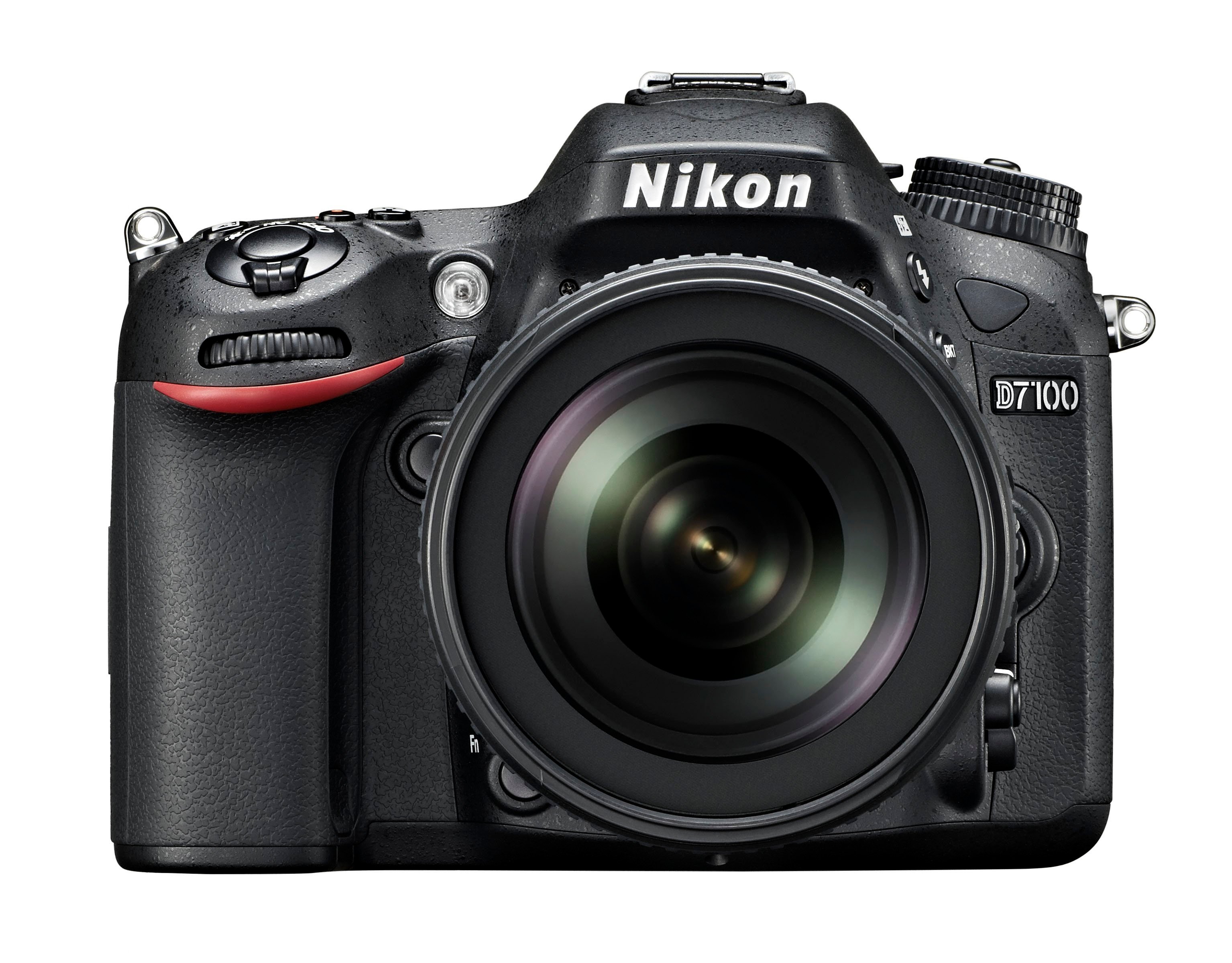
You don’t need a top-of-the-range DSLR to photograph a sunrise or sunsets. Every DSLR offers control over aperture and shutter speed, as well as the option to set it to a fully manual mode, and that’s all you need.
Lenses
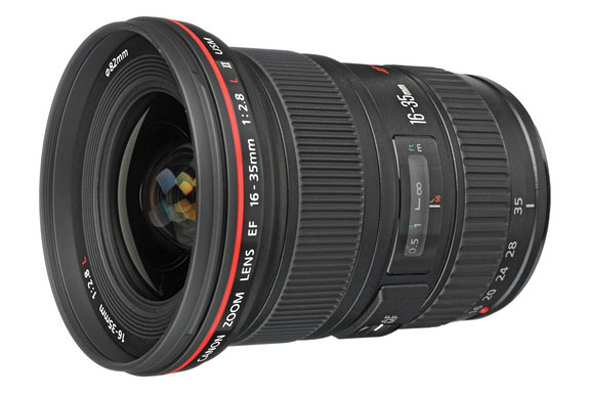
There’s no rule for what lens you should use; it really comes down to personal choice and the shot you are going for. I’ve photographed the sun with lenses ranging from 14mm all the way up to 600mm! For my style of photography I would typically use the Canon EF 16-35mm f/2.8 L Mk II USM and the Canon EF 70-200mm f2.8 L USM for the majority of my shots.
Filters
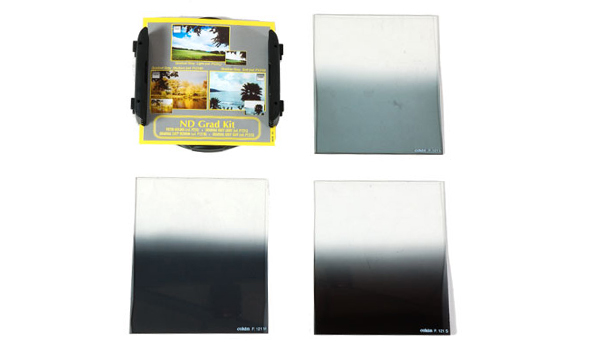
I use lots of different filters to get the shot that I’m after but when photographing a sunset or sunrise I will typically use a 0.6 or 0.9 Graduated neutral density filter.
Tripod
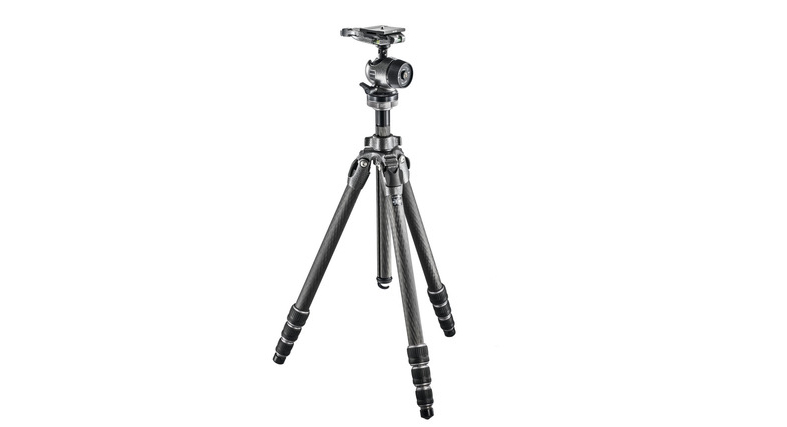
A good strong tripod is all you need with a solid head on top. I personally use a Gitzo carbon fibre tripod and a ballhead.
Where should you go?
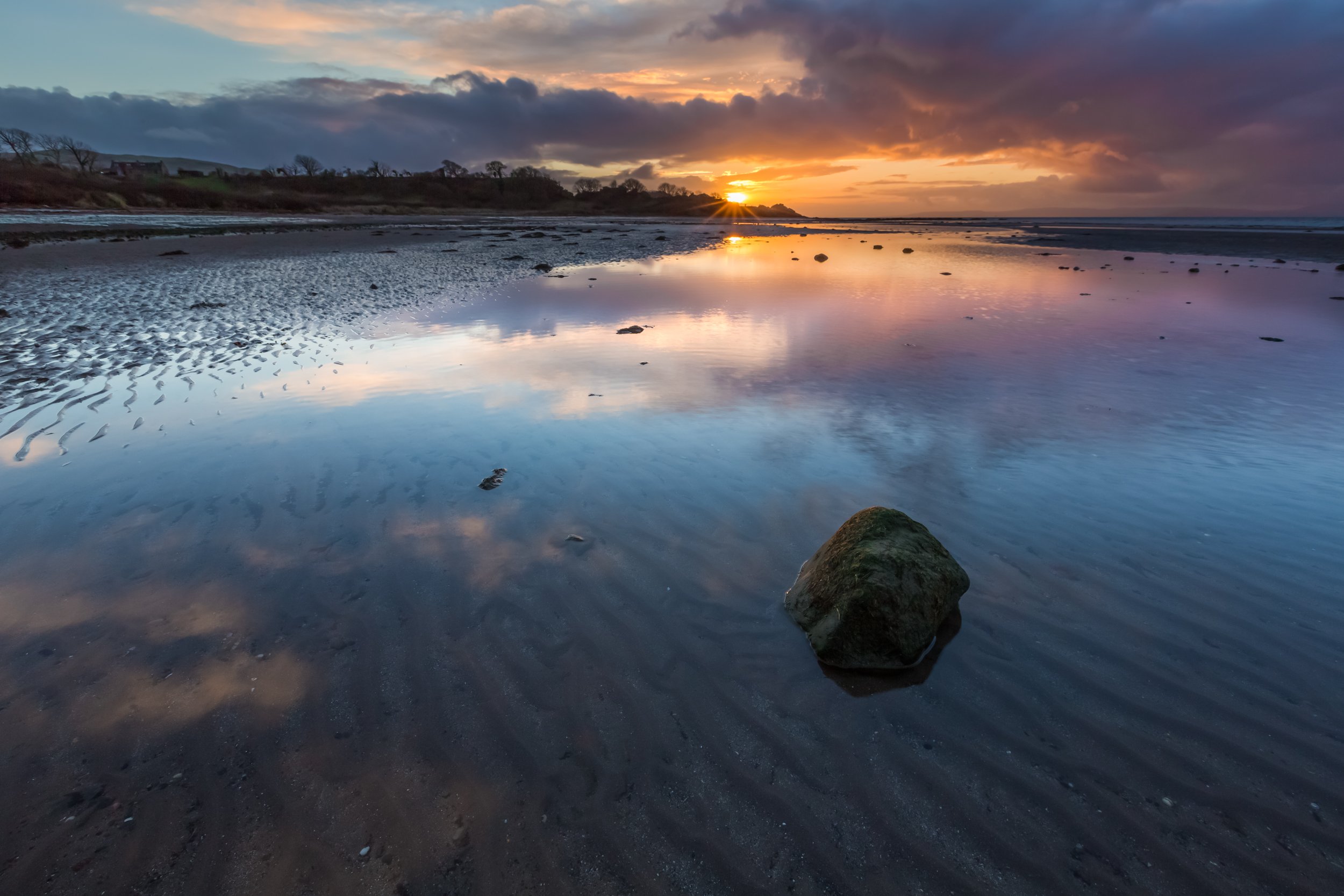
Again, this comes down to personal choice and the photograph that you’re after. The most common location for photographers is on the coastline, as you can see the sun disappear at the horizon, but you can see the sun setting in pretty much any location.
Should you use filters?

Graduated neutral density filters are hugely beneficial when photographing a sunrise or sunset as they help even out the exposure by reducing the amount of the light passing through the filtered part. I use these types of filters for around 80% of my shots as I always want an even exposure in the foreground. Without the filter, the shadow areas will be very dark and it can be hard to pull back these details when editing.
You don’t have use filters to get great sunset or sunrise shots, though; underexposing by a couple of stops, for example, will allow you to create some amazing silhouettes. I’ve done this in the past with mountains and it’s really effective. Ultimately, choosing whether to use filters or not comes down to the shot you are after, but if you want an evenly-lit foreground subject then I recommend you use a 3-stop graduated neutral density filter.
How to set up the shot
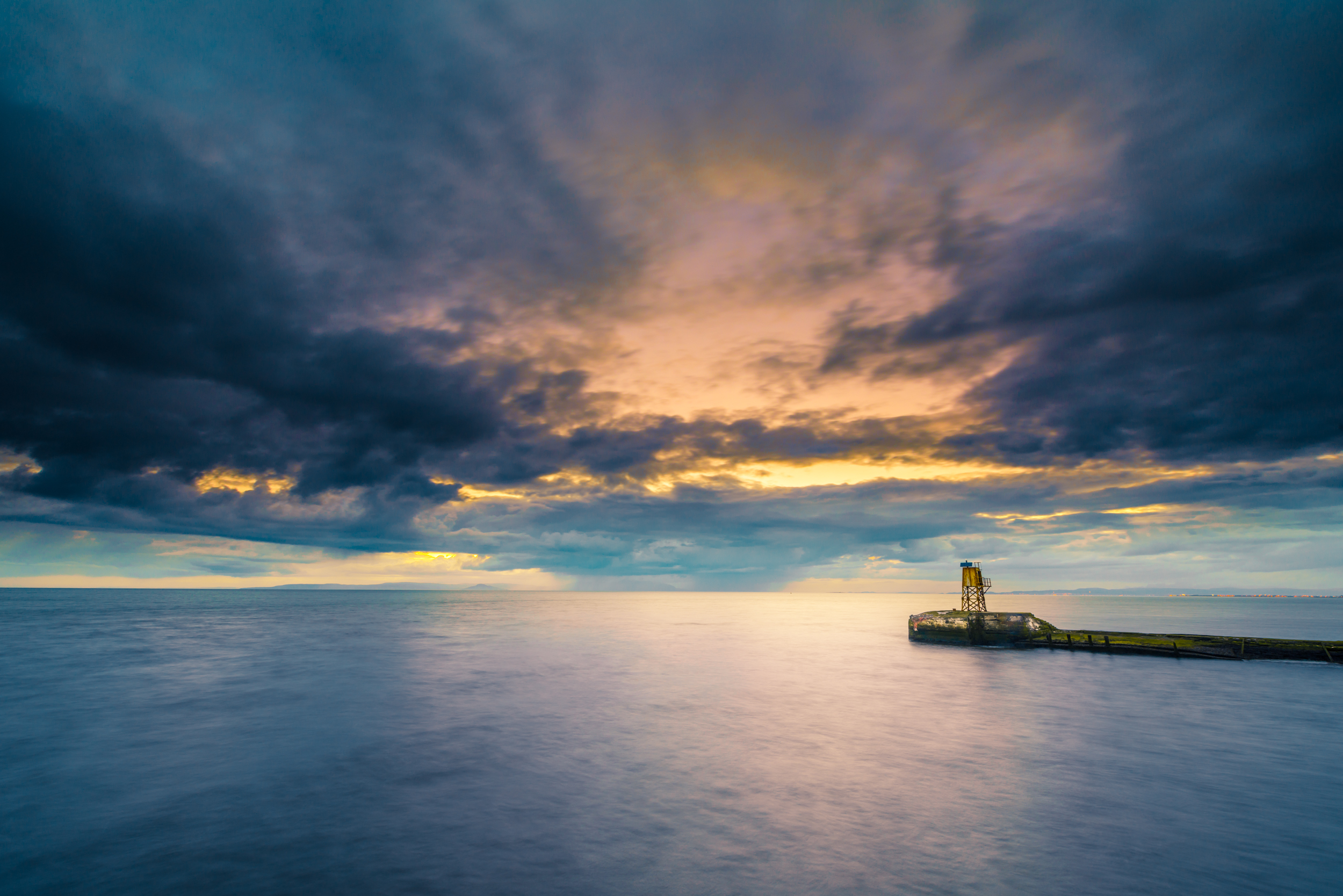
I recommend arriving at your location around an hour or two before the sun sets or rises as there will still be amazing light before and after. Also, arriving early means you can have your camera set up and ready; the last thing you want to be doing when the light is at its best is running around trying to find the best spot!
Once I have my camera set up there are a few things I always do improve the quality of my images. First, I add a spirit level to the top of my camera as this ensures I get a straight horizon. I then put my camera into aperture-priority mode and take a meter reading (from the camera). Most DSLRs will overexpose the scene so I will always underexpose by one or two stops using the exposure compensation function.
From here, I will take a few test shots and then I’ll check my histogram to make sure I’m not losing detail in the highlights. After this I switch to the manual mode so I control my exposure and keep my shots consistent. I will typically use the Live View mode on my Canon EOS 5D Mark III as it gives a better representation of what the final image will look like than the viewfinder (and it’s also great for making sure my shot is sharp).
Final Tips
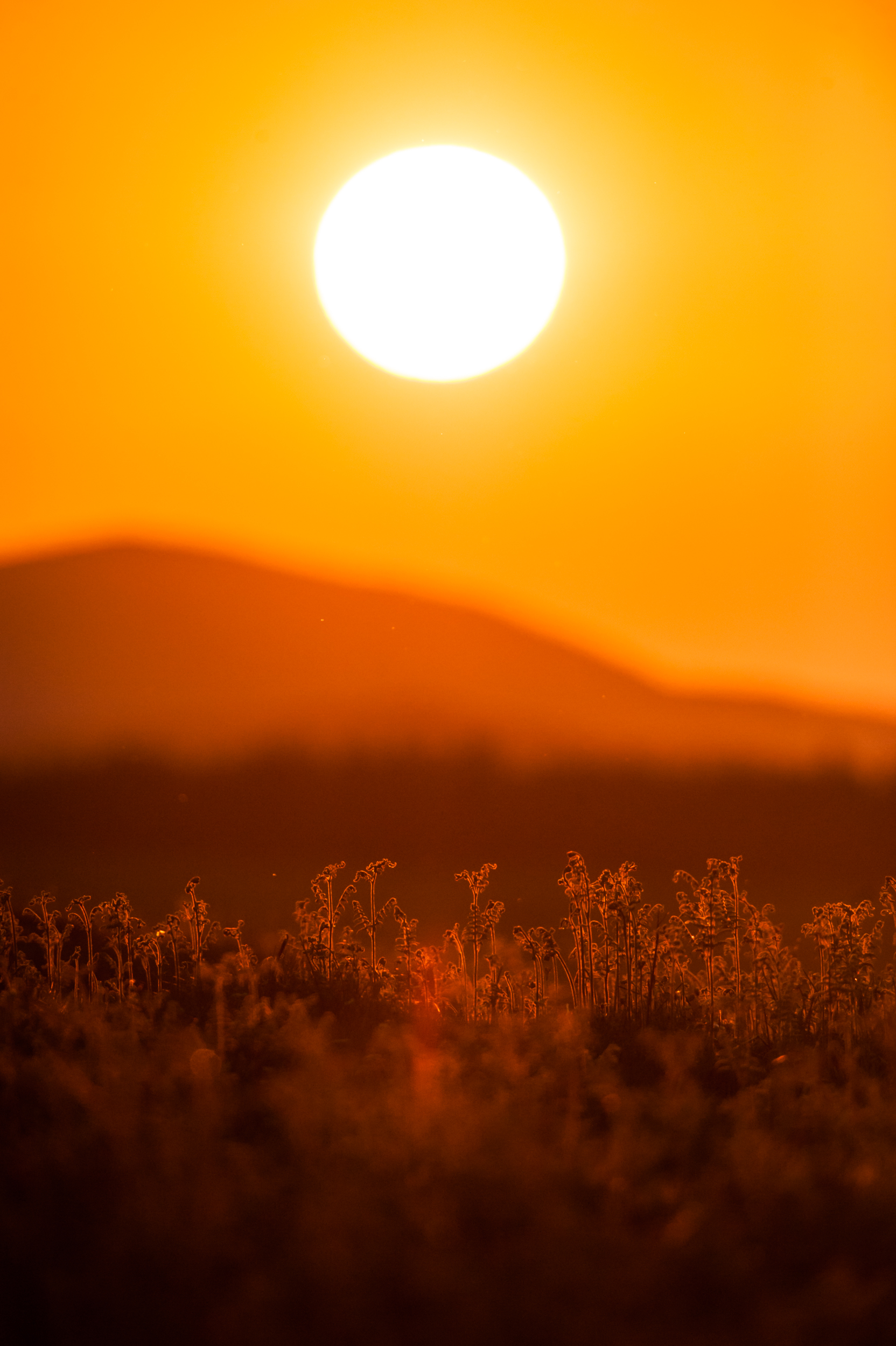
- Don’t just stick to one focal length – use all of your lenses!
- Remember the Rule Of Thirds when composing your shot and try not to put your horizon in the middle of the frame.
- Try to find an interesting foreground element this will add more depth to your image.
- Don’t stay in the same spot for too long; get those legs moving and explore!
- Shoot in aperture-priority mode for most of the evening but switch to Manual mode when the sun has just about set. The quickly changing light will confuse the light meter in the camera.
- Don’t pack up and leave as soon as the sun disappears. Stay for 20-60 minutes longer as that’s the time you can see some beautiful colours in the sky.
- Don’t use auto white balance as the temperature in your images will not be consistent from shot to shot. I shoot in Cloudy mode as it adds a little bit of warmth to the photographs.
- Make sure to shoot in Raw this will give you more flexibility when editing later on.
- When the sun has disappeared your camera’s shutter will be open a lot longer to let more light in, which means you’ll need to use a tripod to get sharp images.
Conclusion
Shooting a sunset or sunrise is a lot easier than you may think as long as you pay attention to your histogram and compensate for the changing light. The more you prepare and think about the shots you’re after, the better your chances will be of achieving them! Make sure to also chuck yourself into the deep end; if you always shoot in aperture-priority mode then switch to manual mode as it makes you concentrate more on your photography and think more clearly. Above all else, remember to have fun with your photography!
About the Author
Kirk Norbury is a nature photographer and cinematographer based in Ayr, Scotland. You can find out about the workshops he runs and view more of his work on his website.

